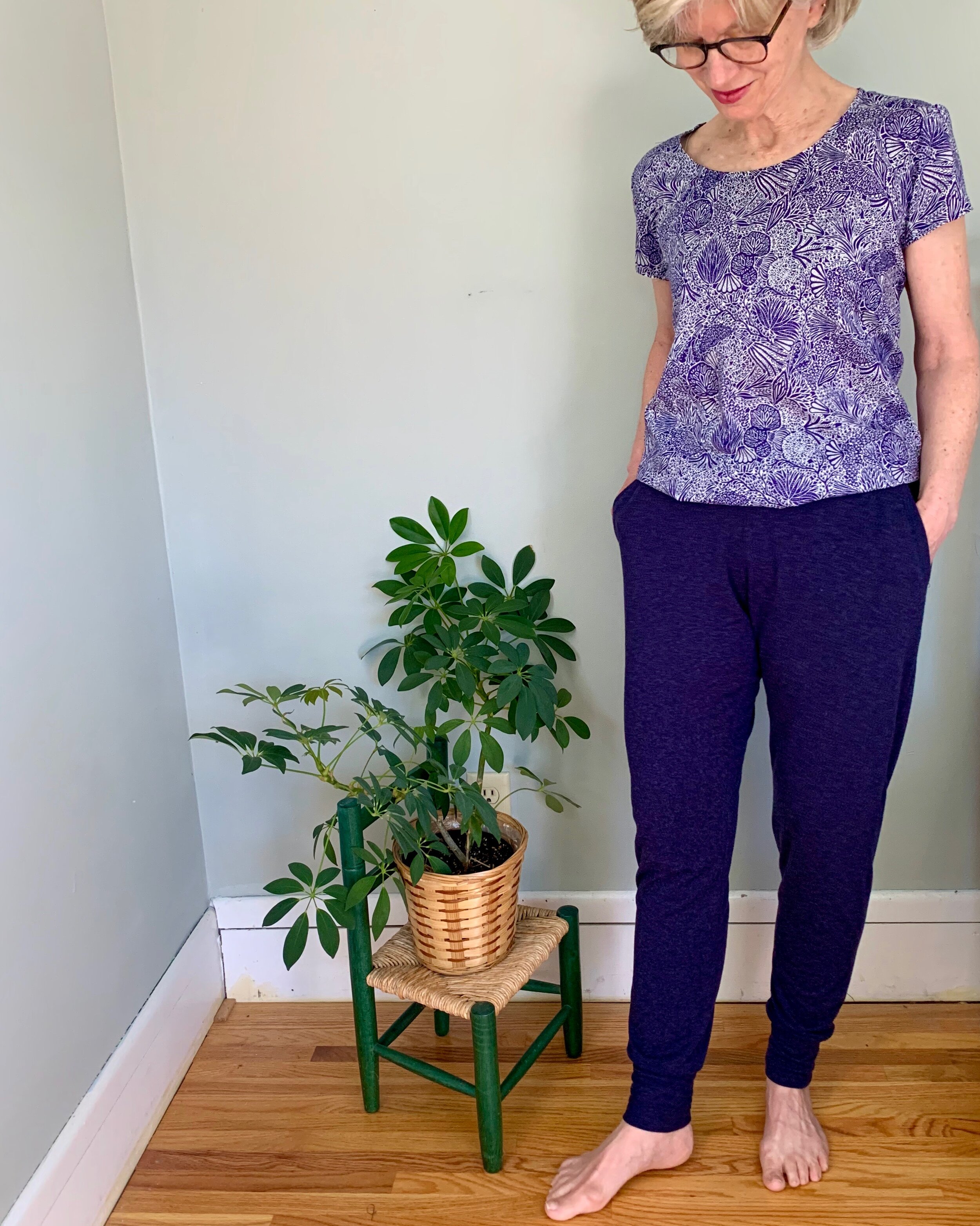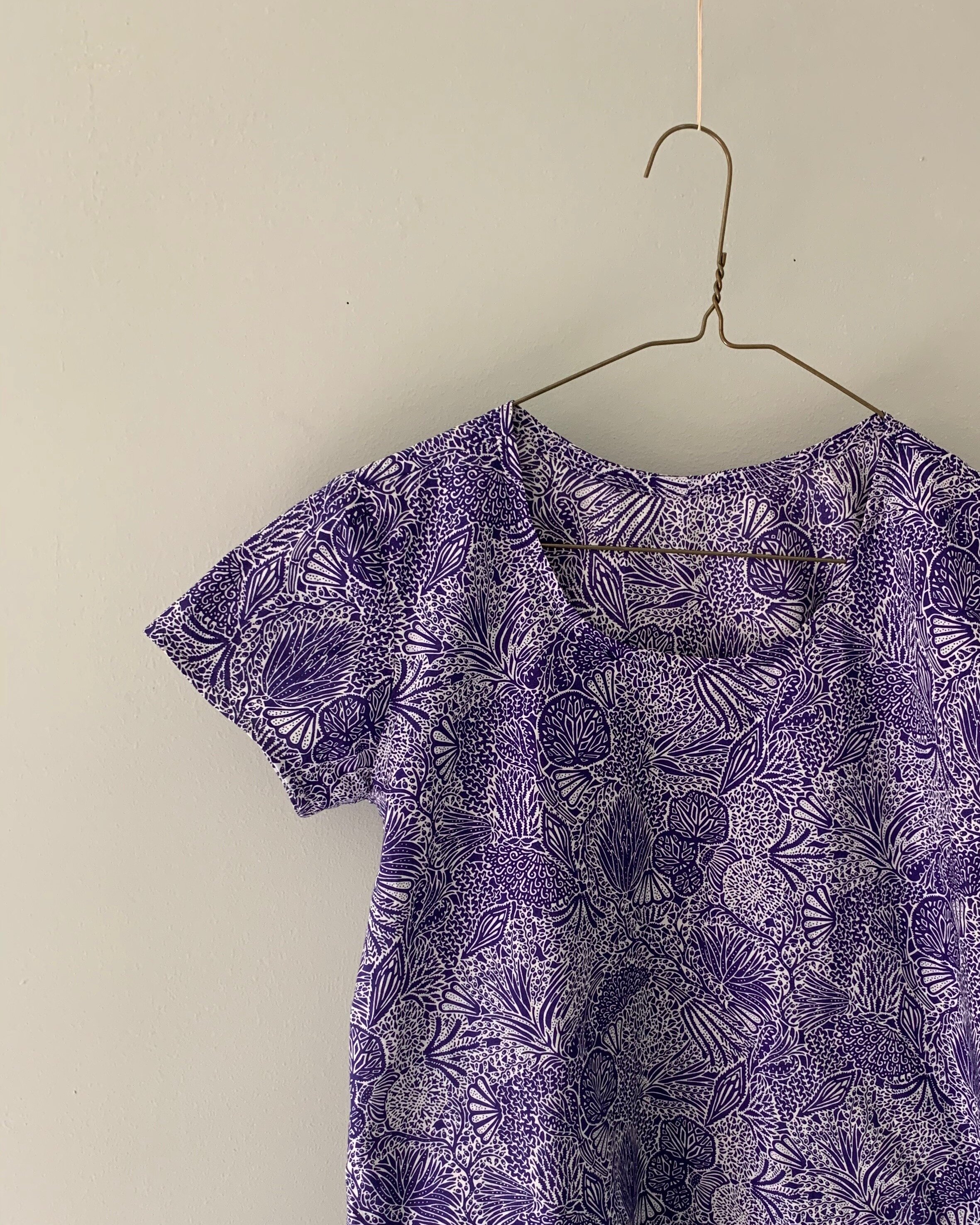Working from Home in Hudsons
/Stay at home – work from home orders were also marching orders to finally make myself a pair of the well-loved Hudson Pants by True Bias. Participating in online team meetings means I only need to look strictly business from the waist up. I wear leggings quite a bit for leisure wear and on weekends. The Hudson jogger is still stretchy and slim, but a little different than a legging. I was looking forward to another comfy leisure bottom option- still slim but not completely skin tight.
I previously made Hudson pants for a few of the young men in my life- and I intended to make myself a pair- but kept getting distracted by those flashy, dress-up projects. Here’s an example of the Hudson pant for men I made for Adam:
A major attraction of the Hudson pants is their feminine fit – somewhat slimmer than the typical jogger pant. I cut a size 4 and did not grade out a size at the hips according to my measurements- and I still had plenty of ease. The fabric is plenty stretchy, so I wasn’t worried. I used a merino wool blend jersey. This fabric is fairly lightweight, but with the wool content, they are perfectly cozy.
These are definitely a quick make. They are thoughtfully drafted and the instructions are straightforward- check out the pockets. Even though there are only a few construction steps- I actually skipped a couple. I kept the waist band flat and simple by skipping the stitching through the elastic, and I also omitted the tie front. I opted for a flat and clean waistline finish. Next time I will shorten them by a wee amount to prevent any pooling at the ankles. But overall, I love them and already plan to make another pair.
This jersey is a beautiful -but different -shade of blue that happened to match perfectly with a Grainline Scout Tee I made ages ago out of Liberty fabric. I like a woven tee shirt, and the Grainline pattern is aces. The fit and ease is super comfortable. Again an easy and thoughtfully drafted project. It’s surprisingly easy to get in and out- no tugging or struggling that might happen with some pullover woven tops-even with those slim sleeves. Another star feature of the Scout pattern is the perfect not to high-not too low neckline that lays super flat.
I cut a straight size 2, going off my bust size- and once again I didn’t grade out for waist and hips- so it’s a bit slimmer around the waist and hip.
No buttons, snaps, zips or any other stumbling blocks for either of these patterns. These separates are a leisurely make and ideal for leisure at home wear.







































